Training Requirements and Implementation Project Overview
This document outlines the training requirements and implementation steps for the Special Implementation Project in AIDC Bangkok. It covers general steps for developing simulations and procedures, specific training needs for ATCOs, FDOs, ATSEPs, and other staff, as well as understanding system roles and responsibilities for ATCOs, FDOs, and ATSEPs. The training includes simulations, paper-based exercises, CBT, and OJT to ensure competency in managing messages, alerts, and safety requirements. Additionally, it emphasizes the need for ongoing training and updates to adapt to system upgrades and changes.
Download Presentation

Please find below an Image/Link to download the presentation.
The content on the website is provided AS IS for your information and personal use only. It may not be sold, licensed, or shared on other websites without obtaining consent from the author. Download presentation by click this link. If you encounter any issues during the download, it is possible that the publisher has removed the file from their server.
E N D
Presentation Transcript
AIDC: training requirements Special Implementation Project AIDC Bangkok, 28-31 Oct. 2014 Prepared by F.Lecat 1
Agenda Training requirements General steps ATCO FDO ATSEP
General steps TRAINING Develop simulations and procedures Source relevant training experts Conduct simulation and relevant training Assess competency and authorize Scenarios developed for design can be used to build the simulations. Source relevant experts. Benchmarking from other ANSP may be useful. Train ATCOs, and other affected staff Conduct the evaluation of normal and degraded situations Training may be associated with the global transition to a new system, or be a delivered as a dedicated session. Constitute a pioneer team AIDC should be introduced in the simulator, identical to the OPS.
ATCO Understanding of the system and message set (or upgrade) through use cases role and responsibilities HMI (depending on the type of HMI, integrated in the label or not) When system actions are expected to be automatic, conditions for its triggering, including timing (System parameters) LOA Management of queued messages (messages in error) or interaction with FDO Management of abnormal cases (degraded cases) Management of alerts or alarms (notification and acknowledgment) Assumptions and requirements for performance/safety monitoring: end-to-end performance requirements linked to PBCS (RCP 240/RCP 400/RSP180), and allocation to ATCO Safety requirements indicators Typically 1 day/ATCO initially (as part of the training on the system), refreshing 1/2 day per year as part of continuous training (including upgrades) Avoid training too much in advance
ATCO Paper based (concepts/messages/use cases) CBT Simulations OJT
Flight Data Operator Understanding of the system and message set (or upgrade) through use cases role and responsibilities LOA HMI (depending on the type of HMI, integrated in the label or not) Diligent management of queued messages (messages in error) Correction of messages Assumptions and requirements for performance/safety monitoring
ATSEP Configuration of the system Variable system parameters Alerting Loss and recovering of functions Loss and recovering of communications Corruption LOA Safety assumptions and requirements Typically 1/2 day/ATSEP, refreshing 1/2 day per year as part of continuous training







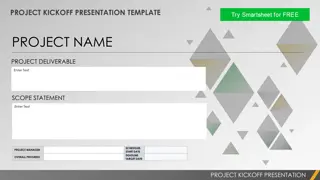



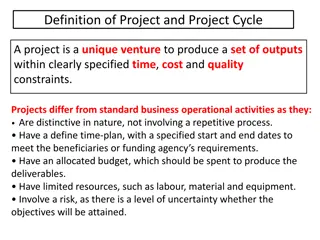



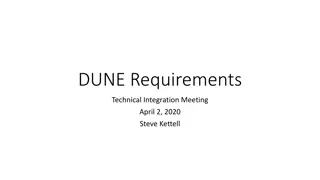
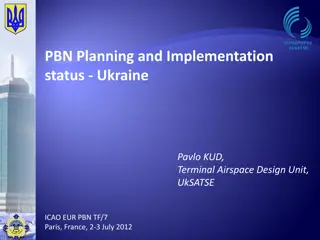

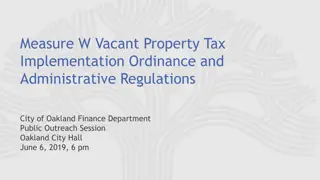

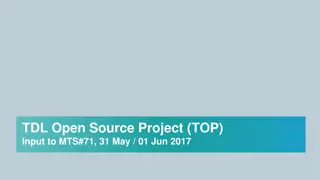

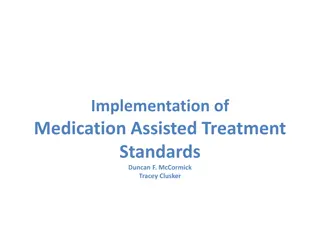

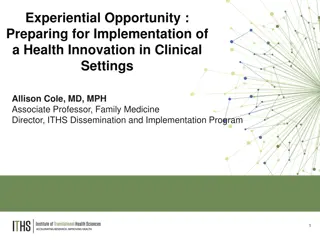
![Project Initiation Document for [Insert.Project.name] [Insert.Project.number]](/thumb/226757/project-initiation-document-for-insert-project-name-insert-project-number.jpg)
